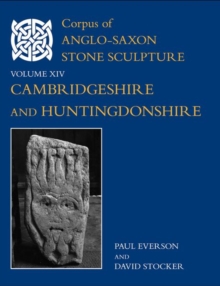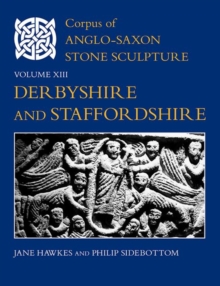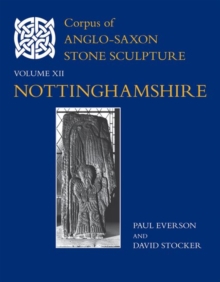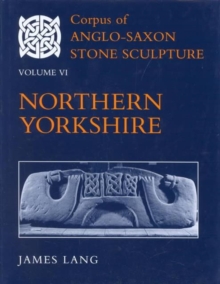
Corpus of Anglo-Saxon Stone Sculpture, Volume X : The Western Midlands Hardback
by Richard Bryant
Part of the Corpus of Anglo-Saxon Stone Sculpture series
Hardback
Description
The stone sculpture of Anglo-Saxon England forms an important source for archaeologists and historians - offering fascinating insights into the thought-world of early medieval people.
This volume surveys the western Midland counties of Gloucestershire, Herefordshire, Shropshire, Warwickshire and Worcestershire, and provides an analytical catalogue of the Anglo-Saxon stone sculptures of that region. Introductory chapters set the material within an historical, topographical and art-historical context, and there are specialist contributions concerning the geology of the monuments and the analysis of surviving ninth-century paint.
There is a full photographic record of each monument which includes many new illustrations.
The monuments include important collections of material from Gloucester, Deerhurst and Shrewsbury, as well as individual sculptures of the highest quality such as the Cropthorne cross-head, cross-shafts from Acton Beauchamp and Wroxeter, and the small but exquisite Lechmere Stone from Hanley Castle in Worcestershire.
Some of the early monuments from the western borders of the study area are linked to the traditions of the Celtic churches of the west, but much of the material was carved at a time when Mercian art was at its zenith in the late eighth to early tenth centuries.
There is also a significant body of carvings from the later tenth and eleventh centuries, but Scandinavian influence - so apparent in Northumbria and much of the rest of Mercia - is notably absent from these western counties until the early eleventh century. This volume shows that Western Mercia offered a vibrant milieu in which influential artistic ideas could develop and spread, not just in carved stone but also in manuscripts, metalwork and other materials, and that, even in the unified Anglo-Saxon kingdom, Mercian craftsmen continued to produce works of the highest quality.
Information
-
Available to Order - This title is available to order, with delivery expected within 2 weeks
- Format:Hardback
- Pages:620 pages, colour frontispiece, 796 half-tones in ten plate sections, 11 colour maps, 25 line drawin
- Publisher:Oxford University Press
- Publication Date:16/08/2012
- Category:
- ISBN:9780197265154
Information
-
Available to Order - This title is available to order, with delivery expected within 2 weeks
- Format:Hardback
- Pages:620 pages, colour frontispiece, 796 half-tones in ten plate sections, 11 colour maps, 25 line drawin
- Publisher:Oxford University Press
- Publication Date:16/08/2012
- Category:
- ISBN:9780197265154










